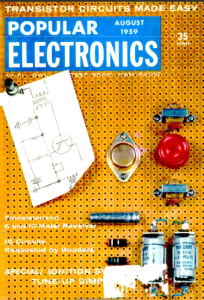The NASA Firestation instrument has been installed on the ISS and is returning data.
Firestation will study the link between lightning and TGFs, and hopefully shed some light on the theory of Dark Lightning. Other questions to be answered are whether lightning triggers TGFs or whether TGFs trigger lightning and are TGFs responsible for some of the high-energy particles in the Van Allen belts.
Firestation was built primarily from spare pieces of the Firefly project, which was a Cubesat project that was modified with a with a redesigned housing for use on the ISS. There are three sets of sensors aboard Firestation, combined in two instruments.
The prime instrument is the Gamma-Ray Detector instrument (GDR). The GRD will measure the energy and time-of-arrival of incoming X-ray and gamma-ray photons associated with TGFs. The same instrument will also be able to detect energetic electrons in the hundreds of keV to few MeV range, to look for the relativistic electrons which are responsible for the gamma-ray emissions.
The other instrument is the VLF receiver / photometer experiment (VP). This experiment will combine multiple sensors to measure both the Very Low Frequency (VLF) radio waves emitted by lightning in the tens of Hz to tens of kHz range, and the optical emissions from lightning at high time resolution. These measurements will serve both to corroborate the occurrence of lightning when enhanced gamma-ray or electron fluxes are observed, as well as to help locate the parent lightning and determine some of its characteristics such as intensity, polarity, etc.
The Firestation sensors operate over a wider measurement range than Firefly. Firestation will also make use of a camera, also onboard the instrument pallet, to photograph lightning flashes so that the scientists can derive a precise location of their incidence. Firestation’s data rate is about 3,000 times larger than Firefly’s, so that the research team will be able to sample every lightning stroke, not just Firefly’s carefully selected sample.
But, the biggest advantage is in mission duration. Firefly is expected to remain in low-Earth orbit for roughly a month, while Firestation will have a one-year mission flying on the ISS. Rowland says, “This represents orders of magnitude better coverage.”
While no details have been published on the VLF receiver used in Firestation, it’s probably safe to assume that it is the same or a very similar receiver to the one in the Firefly Cubesat. This receiver was developed by Professor Allan Weatherwax and his team of students at Siena College which measures single-axis electric fields in the 100 Hz. to 1 mHz. range.
The video below provides a good summary of the project. I was planning on posting links to some of the other information, but most of the NASA sites are down due to the inability of our congress to do its job. I’ll post the links when the situation is resolved.

